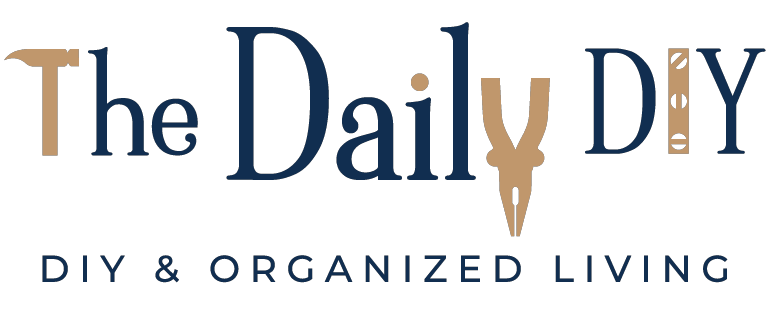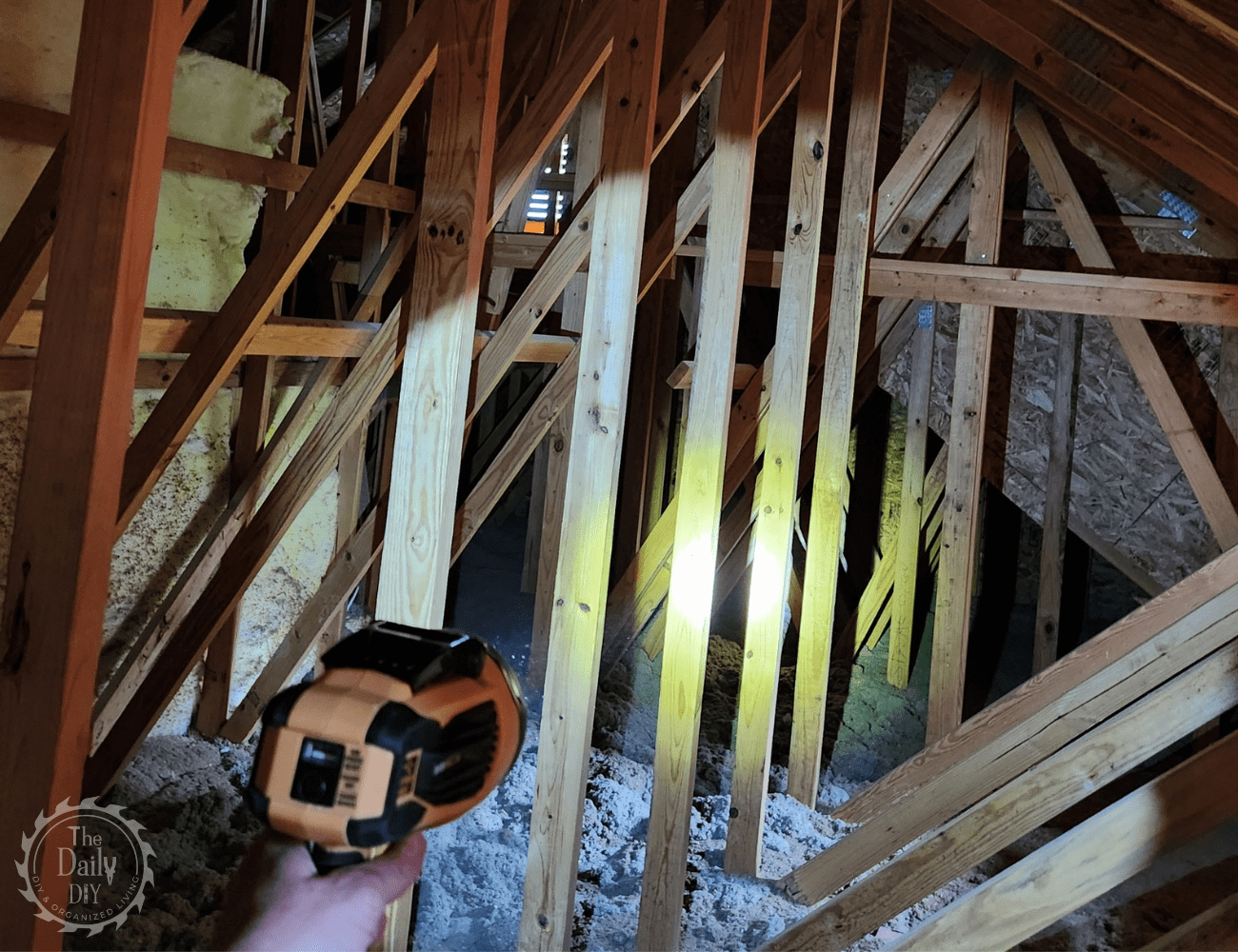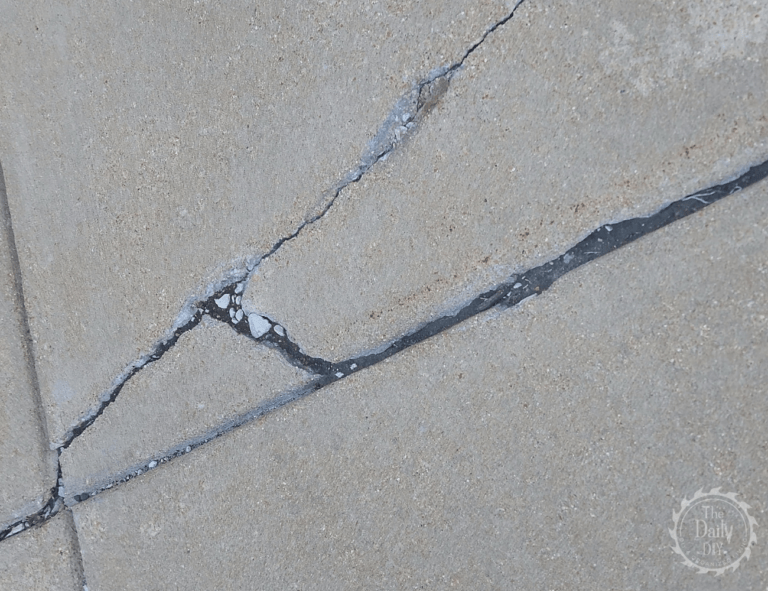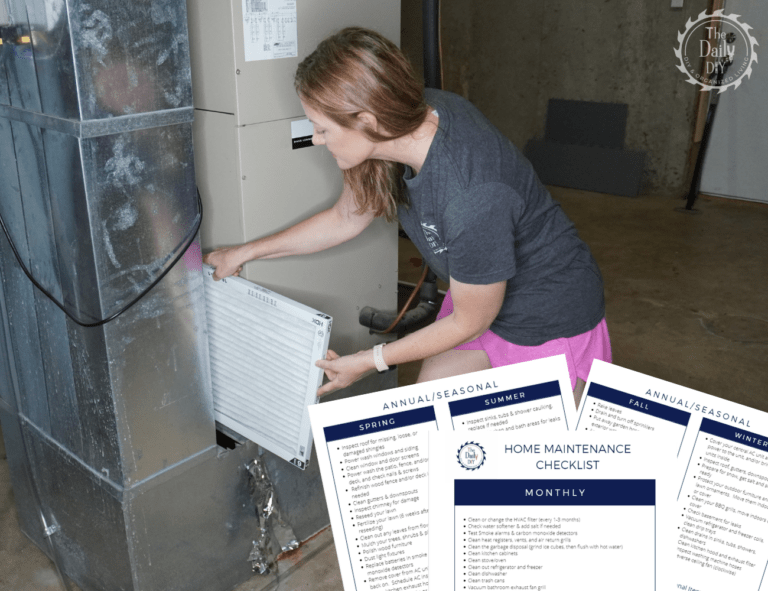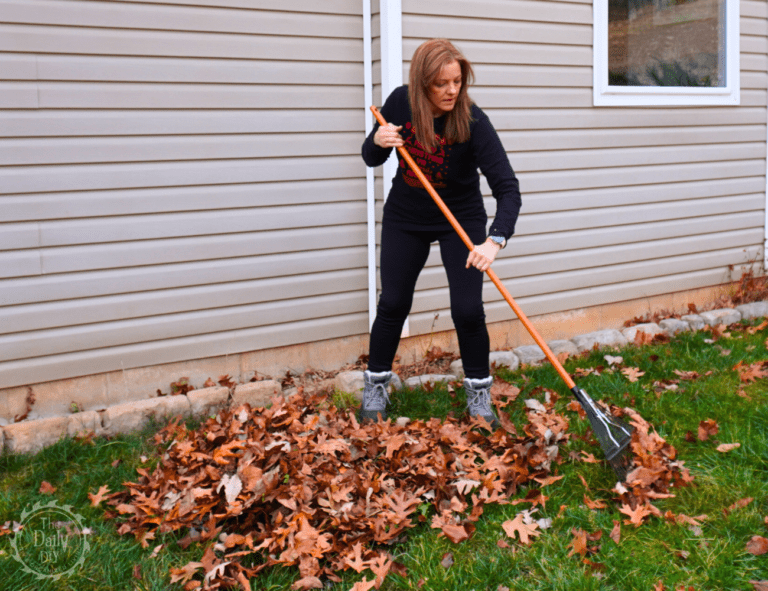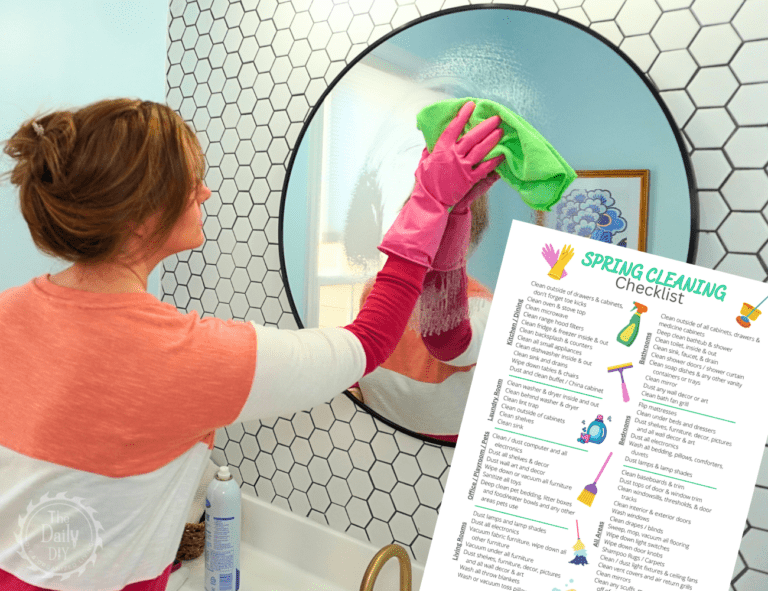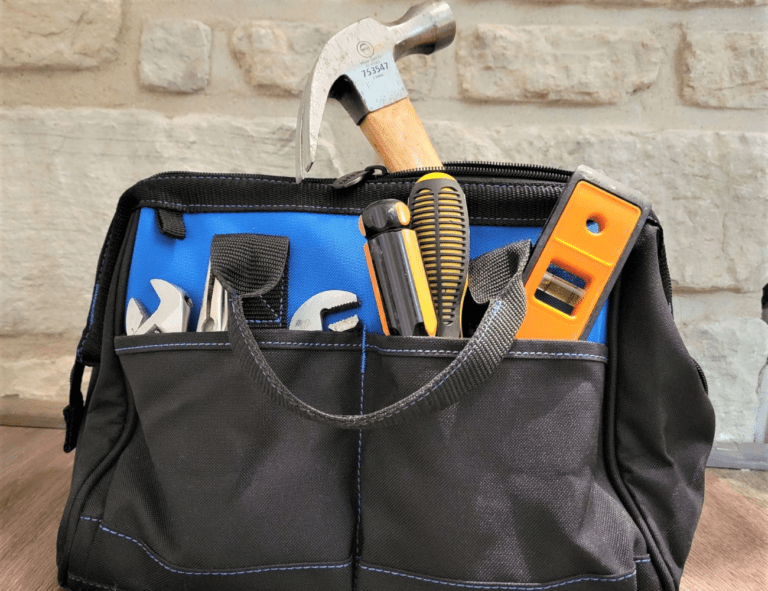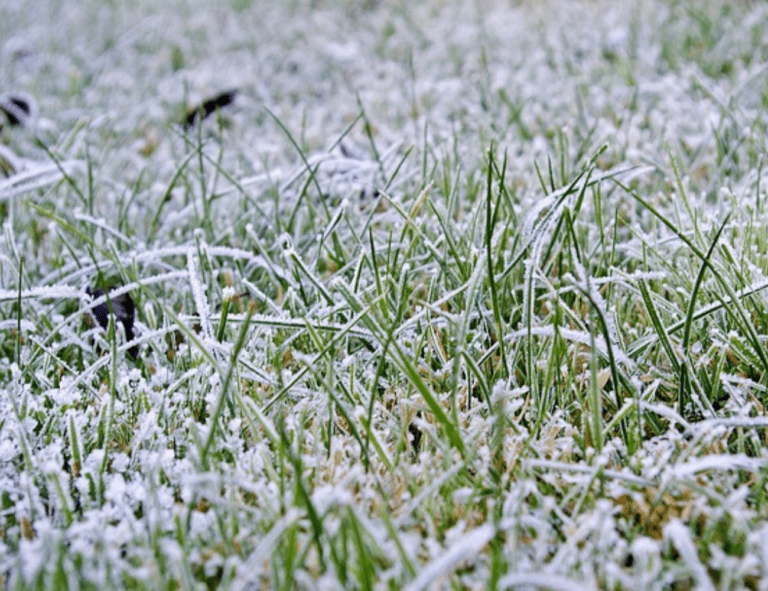Attic Inspection: How and Why You Should Do It Now
Your attic may hold secrets that could impact the safety and well-being of your home. Like hidden leaks or unwanted pests, which can wreak havoc. That’s why it’s crucial to take a proactive approach and perform a quick attic inspection now.
Here we’ll cover the importance of an annual attic inspection to identify leaks and pests. Go over why this maintenance is crucial, and show you how to conduct your own DIY attic inspection.
Understanding the Importance of an Attic Inspection
Your attic may seem like a forgotten space, tucked away from the hustle and bustle of daily life. But, it plays a vital role in the health and maintenance of your home. Regular attic inspections are essential for several reasons. First, the attic acts as a barrier between the elements outside and the interior of your home. Any issues within the attic, such as leaks or pest infestations, can spread to other areas, causing extensive damage.
Additionally, the attic is a prime location for energy loss, as poorly insulated attics can result in higher utility bills. By conducting routine inspections, you can identify areas that need insulation upgrades or repairs, improving energy efficiency and reducing costs.
Lastly, attic inspections provide an opportunity to address potential health hazards. Moisture accumulation in the attic can lead to mold growth, which poses a risk to both the integrity of your home and the health of its occupants.
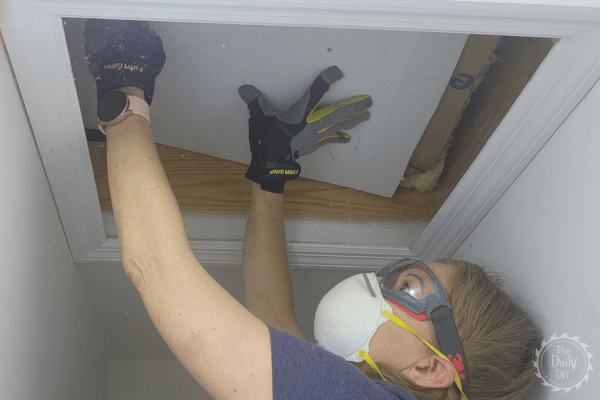
How To DIY an Attic Inspection
You can easily do an attic inspection on your own. While it’s important to note that certain aspects of attic inspections may need professional expertise, here are some steps you can take to conduct a DIY attic inspection:
Safety First:
Before entering your attic, ensure your safety and grab your gloves, a dust mask, and goggles. Bring a good flashlight with you and a camera to take pictures of anything you may discover that needs attention. Attics can be dusty and may harbor potential hazards like exposed wiring or sharp objects. Use a sturdy ladder to access the attic opening and practice caution while moving around the space.
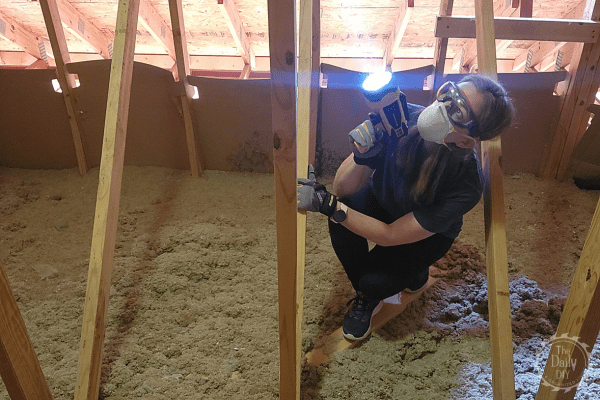
Walk Carefully:
When walking through your attic, exercise caution and walk only on the rafters. Avoid stepping directly on the drywall.
Once inside the attic to identify the position of the rafters. Rafters are the wooden beams that provide structural support and are spaced a few feet apart. Position your feet on the rafters rather than the spaces between them. Take care to distribute your weight evenly across the surface of the rafter. This will help prevent any accidental damage to the drywall, which is not designed to support weight.
As you move through the attic, maintain a stable posture by keeping your center of gravity low and your body balanced. Move slowly and deliberately, focusing on your footing with each step.
To enhance stability and safety, consider using a sturdy work platform or walking boards placed across the rafters. These provide a wider surface area to walk on and help distribute your weight.
Be mindful not to step directly on the insulation, as it can compress and lose its effectiveness. Step over or around insulation to preserve its R-value and ensure proper insulation performance.
Keep an eye out for any exposed nails, electrical wires, or other potential hazards in the attic. Clear away any debris or obstacles that may impede your movement or cause accidents.
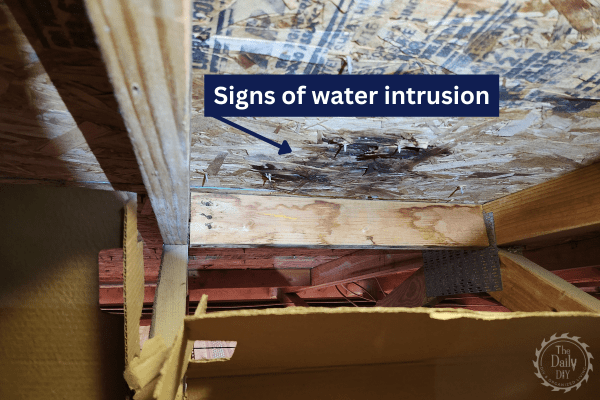
Detecting and Addressing Attic Leaks
Attic leaks can be silent culprits, causing extensive damage over time if left unaddressed. Detecting and addressing these leaks is crucial to maintaining the structural integrity of your home. Here are some steps to help you identify and tackle attic leaks:
Visual Attic Inspection:
Begin by visually inspecting your attic for any signs of water intrusion. Look for water stains, discoloration, or damp spots on the walls, ceiling, or insulation. These are clear indicators of a leak. Pay close attention to areas around vents, chimneys, skylights, and roof penetrations, as these are common entry points for water
Check Roofing Materials:
Examine your roof for missing or damaged shingles, cracked flashing, or deteriorated seals around vents and chimneys. These vulnerabilities can allow water to seep into your attic. If you spot any issues, consider hiring a professional roofer to address the repairs.
Inspect Attic Insulation:
Insulation can act as a sponge, absorbing and retaining moisture from leaks. Check your attic insulation for signs of saturation or water damage. Wet or compressed insulation is a clear sign of a leak. Replace any damaged insulation to prevent further moisture retention and mold growth.
Seal and Repair:
Once you’ve identified the source of the leak, take immediate action to seal and repair it. Use appropriate roof sealants or flashing materials to close gaps or cracks in the roof. It’s important to address leaks right away to prevent further damage to your attic and the rest of your home. If you are uncomfortable getting up on your roof to make the repair, contact a professional.
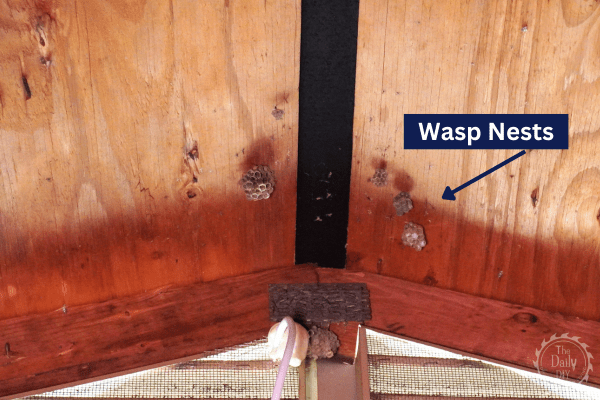
Unearthing Pesky Pests in the Attic
Your attic can become a cozy haven for unwanted guests, including rodents and insects, which can cause significant damage to your home. Here’s what you need to know about identifying and eliminating pests in your attic:
Rodents:
Rats, mice, and squirrels are common attic invaders. Look for signs such as droppings, chewed wires or insulation, and gnaw marks on wooden structures. You may also hear scurrying or scratching noises coming from the attic. Seal any entry points, such as gaps or cracks in the walls or roof, to prevent further infestation. Set up traps or consider employing the services of a pest control professional to safely remove rodents from your attic.
Insects:
Attics provide a suitable environment for various insects, including termites, ants, beetles, wasps and cockroaches. Look for discarded wings, wood damage, or sawdust-like frass, which may indicate termite activity. Ants may leave visible trails or mounds, while beetles can leave behind holes in wooden structures. Consult with an exterminator to identify the type of infestation and develop an appropriate treatment plan to eliminate the pests from your attic.
Preventive Measures:
To deter future pest infestations, take preventive measures. Trim tree branches near your home to prevent easy access for rodents. Ensure that vents, chimneys, and roof openings are properly screened and sealed. Clean your attic to remove clutter and debris that can provide hiding places for pests. Also, consider using pest repellents or natural deterrents, such as peppermint oil or cedar chips, to discourage pests from entering your attic.
Professional Help:
If you’re dealing with a severe or persistent pest problem in your attic, seek professional help. Pest control experts have the knowledge and tools to eliminate pests and provide long-term solutions. They can assess the extent of the infestation, identify entry points, and install appropriate pest control methods to safeguard your attic and home.
Addressing pest infestations in your attic helps you protect the structural integrity of your home. And mitigate potential health risks associated with pests.
Conclusion
Remember, prevention is key, inspect your attic today to address problems early, which can save you from costly repairs down the road.
To help you stay on top of your home maintenance, grab your free copy of the Home Maintenance Checklist. This valuable resource will serve as a reminder for important tasks, including attic inspections, and provide guidance on maintaining various areas of your home.
